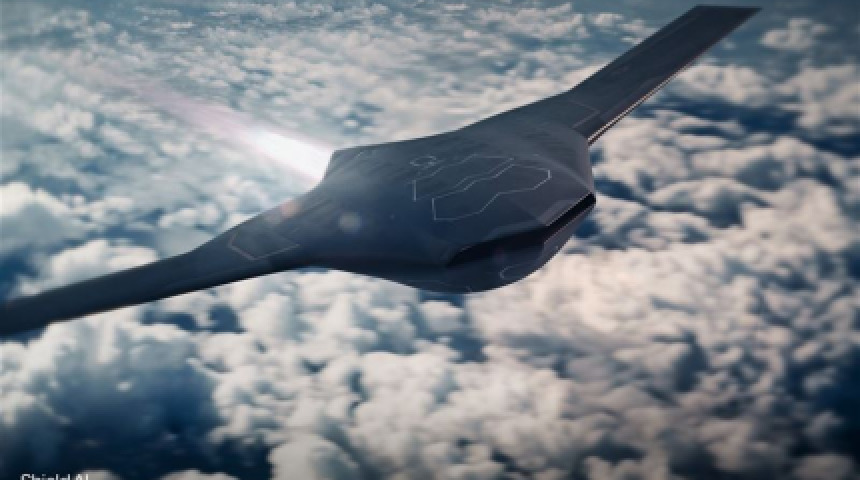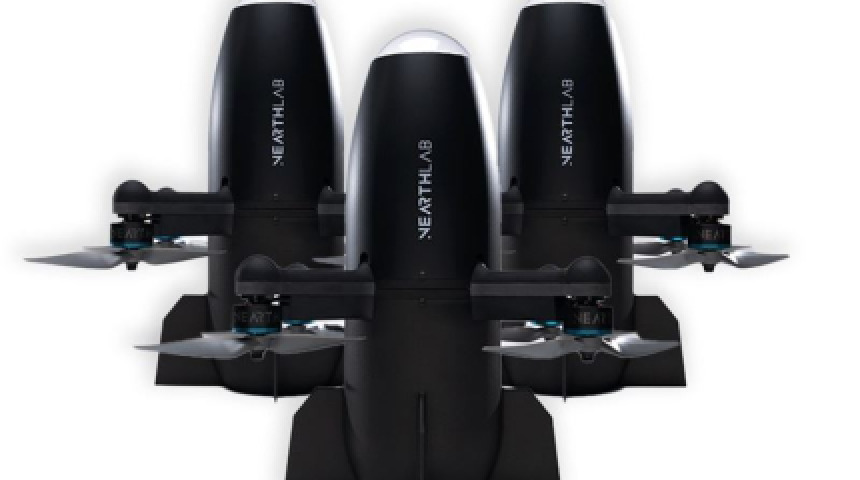迎戰「地獄景象」!中國專家籲成立「反無人機部隊」 AI將主導未來戰場

隨著美軍在台海可能部署「地獄景象」戰略,中國軍事專家呼籲解放軍加速進行結構性改革,建立專責「反無人機」作戰單位,以因應無人化戰爭時代的全面來襲。
In response to the US military’s proposed “Hellscape” strategy over the Taiwan Strait, Chinese military analysts are calling for sweeping structural reforms within the PLA, including the creation of specialized anti-drone units.
根據美國印太司令部司令帕帕羅(Samuel Paparo)提出的構想,一旦中國武力犯台,美方將透過部署成千上萬艘無人潛艇、水面艦艇與無人機,構築「無人殺陣」,為反擊爭取戰略時間。
Admiral Samuel Paparo of the US Indo-Pacific Command envisions deploying swarms of unmanned submarines, surface vessels, and aerial drones to create a "Hellscape" that slows a potential Chinese invasion of Taiwan and buys critical time for a counteroffensive.
中國軍方對此已有警覺。《解放軍報》7月3日發表評論指出,北京已關注美方戰略調整,未來將朝向「反無人機能力常態化」的方向進行部隊轉型。
According to a July 3 article in PLA Daily, the Chinese military is aware of the US posture and is expected to normalize anti-drone capabilities within its operational units as part of broader force restructuring.
文章直言,短期內可先將電子戰部隊升級為智能化反無人機單位,搭載AI演算法進行感測資料分析與干擾反制。中長期則需成立獨立的「快速反應」反無人機部隊,以因應戰場即時變局。
The article suggests upgrading existing electronic warfare units with AI-powered systems in the short term, while eventually forming fast-response anti-drone units that can adapt rapidly to evolving threats on the battlefield.
報導指出,中國其實早在2016年就已著手強化反無人機戰力。當時空軍即設立專責單位偵測與打擊低空小型無人機,顯示北京對無人機發展的高度重視。
China's focus on drone threats dates back to 2016, when the Air Force established dedicated teams to detect and neutralize low-altitude drones, reflecting early awareness of the strategic implications.
儘管中國陸軍、海軍與火箭軍尚未正式成立完整反無人機部隊,但不少基層部隊已展開實戰化演練。例如南部戰區空軍在2023年進行「全員全裝」的機動雷達預警操演,並於對寮國聯演中納入反無人課目。
While no full-scale anti-drone corps has been publicly confirmed in the Army, Navy, or Rocket Force, tactical-level exercises have already incorporated drone defense drills, including radar battalion maneuvers and joint drills with Laos.
文章進一步指出,未來的無人機戰爭將不再是硬碰硬的火力對決,而是演算法與決策速度的比拼。AI驅動的蜂群戰術將突破傳統戰法,迫使軍方從物理打擊轉向「智慧聯合打擊」。
The next phase of drone warfare, experts warn, will center around algorithmic superiority and decision-making speed — not firepower. AI-driven drone swarms are expected to shift the battlefield focus from kinetic attacks to intelligent, coordinated disruption.
尤其在無人機蜂群出現後,單一平台難以應對多點襲擊,唯有依靠AI自動協同與感測器融合分析,才能有效阻斷蜂群進犯,建立跨領域的防空網絡。
With drone swarms attacking from multiple vectors, traditional defenses may be overwhelmed. AI-based coordination and sensor fusion will be key to establishing a resilient multi-domain anti-swarm defense network.
文章呼籲,未來「反無人作戰」應被納入國家安全與軍事戰略核心。在戰術層面,前線部隊須具備多感測器、多手段的綜合攔截能力,不僅能對抗單架無人機,更能針對蜂群進行預警與擊殺。
The report concludes that anti-drone warfare must become a strategic priority, and front-line units should be equipped with layered sensor networks and multi-tiered intercept systems to neutralize both individual drones and swarm attacks.




回應文章建議規則: